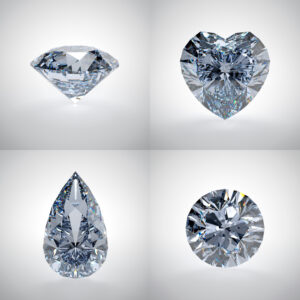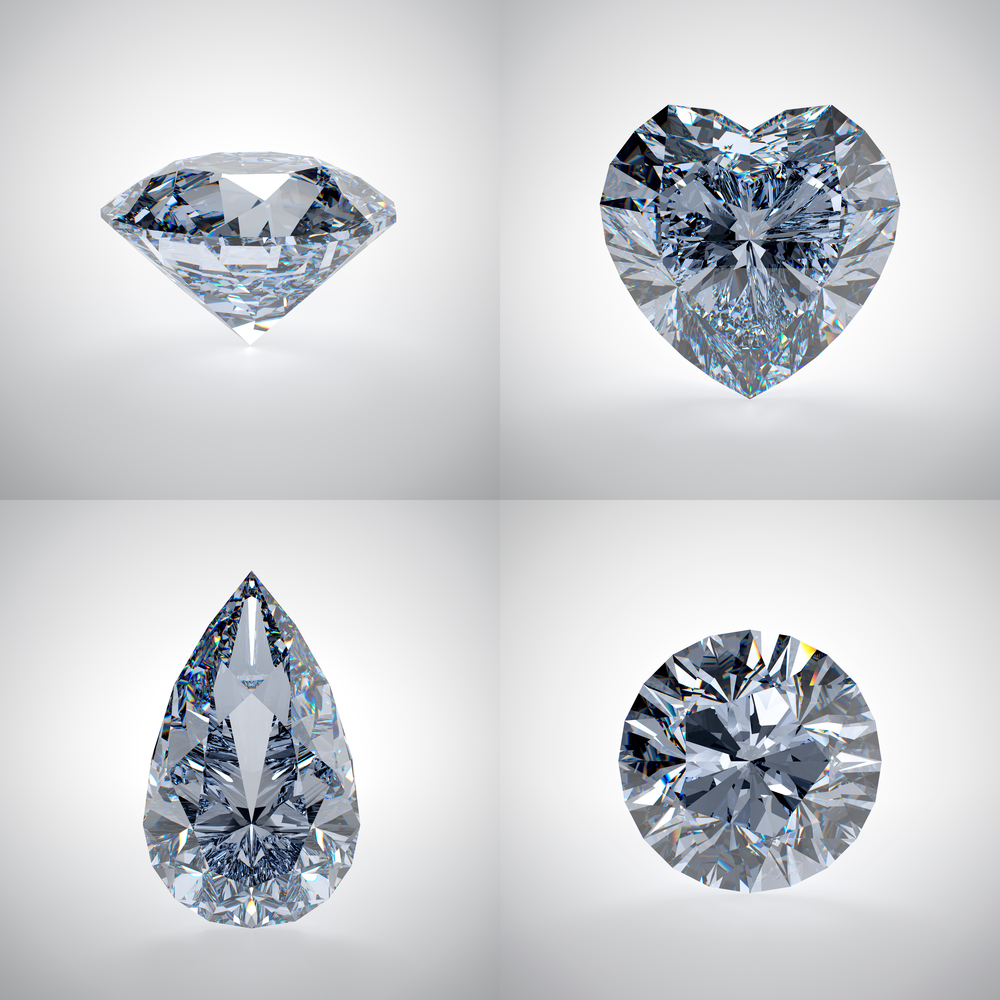
As consumers become more conscious of their environmental impact, industries feel pressure to find more sustainable solutions for their products. One of these industries is the diamond industry, which has increased the production of artificial diamonds in recent years. Artificial diamonds have advantages such as cost efficiency and ethical production, but there are also some concerns related to the energy consumption required to create them.
The Process Of Making Synthetic Diamonds
Artificial diamonds are created in the laboratory using a process known as chemical vapor deposition (CVD). In this process, diamond seeds are placed in a chamber containing a gaseous mixture of hydrocarbons and hydrogen. The chamber is heated to high temperatures, causing the gases to decompose and deposit carbon atoms on the diamond seeds. This process is repeated until a rough diamond is formed, which is cut and polished to the desired shape.
Energy Consumption In Manufacturing Synthetic Diamonds
The process of creating artificial diamonds may sound simple, but it requires a great deal of energy to accomplish. The high temperatures required to decompose the gas mixture and deposit carbon atoms on the diamond seeds require large amounts of electrical power. Additionally, the equipment used in the CVD process requires energy to operate, which contributes to the overall energy consumption.
Environmental Impact Of Energy Consumption
The energy consumption required to manufacture artificial diamonds has a significant impact on the environment. The power required for this process is often generated by burning fossil fuels, which contributes to greenhouse gas emissions and climate change. Additionally, manufacturing the equipment used in the CVD process requires the use of finite resources and contributes to the generation of e-waste.
Alternative Methods Of Creating Artificial Diamonds

Alternative processes have been developed to address the energy issues associated with the production of artificial diamonds. A method known as high pressure high temperature (HPHT) diamond synthesis involves placing diamond seeds and a carbon source in a press and exposing them to high pressure and high temperature. This process also requires energy but is considered more energy efficient than the CVD process. Another alternative is to use renewable energy sources such as solar or wind power to power the production process. Using renewable energy sources can reduce the environmental impact of energy consumption and make artificial diamond production more sustainable.
Although there are many advantages to creating artificial diamonds, such as cost efficiency and ethical production, there are concerns about the energy consumption required to create them. High energy consumption contributes to greenhouse gas emissions and climate change, as well as e-waste generation. Alternative methods such as HPHT diamond synthesis and the use of renewable energy sources offer more sustainable solutions for the production of artificial diamonds.
